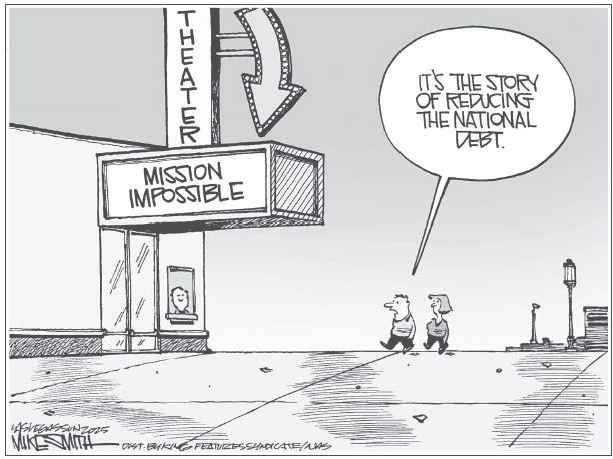editorials
Pearls
I have a strand — ninety-six pearls on a string with tiny knots between each shimmering, iridescent pearl. My pearls are not white. They are a goldishpink hue that reminds me of a fine antique. My parents gave me the strand of cultured pearls when I was a teenager, and I have cherished the necklace all these years. Though my strand of pearls is not an heirloom, I’ve always thought of it as something special — a symbol of the rite of passage from adolescence to womanhood.
I’ve only worn them a handful of times in my life. I wore them to have some formal photographs made in high school and college. I wore them on my wedding day. I wear them to funerals and visitations. They have the power to instantly transform me from Raggedy Ann to Audrey Hepburn, from disheveled Phyllis Diller to well-put-together Jackie Kennedy, from a country bumpkin to a sophisticated lady. Clasping a pearl necklace around my neck and applying a little color to my lips make me feel like a million bucks.
We Southern girls love our pearls. Pearls are part of our culture. We wear pearls because our mothers wore pearls, because their mothers wore pearls, and so on, and so on. Pearls connect us to people we love (and have loved) fiercely.
In the wild waters of the world (both saltwater and freshwater bodies), they are rare. Experts estimate that the odds of finding a naturally-developed pearl in a creature is around 1 in 10,000.
They are produced by oysters, mussels, clams, conchs and other members of the mollusk family as a defense mechanism to an intruder or “irritant.”
“For example, a mussel opens its shells to reproduce,” explains Bob Keast, owner of the only cultured pearl farming operation in North America. “When it closes its shells, it might clamp down on a tiny minnow that eventually dies inside the mussel. That little minnow curls up in a fetal position as it’s dying, and the mussel begins coating it with several layers of a shiny, colorful coating called, ‘nacre,’ which is also known as mother- of-pearl, to protect himself. As the layers of nacre build, a richly lustrous, spherical gemstone emerges. The pearls grow in size with each layer, and with the passing of time.”
Keast also told me that if the creature is pink inside, the pearl will be pink. If the inside is gray, the pearl will be gray.
So a natural pearl forms quite by accident. A cultured pearl is formed deliberately — the result of a pearl farmer physically embedding an irritant between the shell and the mantle of the mollusk to kick-start the formation process that eventually produces what is known as a “cultured” pearl (named so because it is cultivated).
A few weeks ago as I visited with my mother, we turned on the television to root for the Braves prior to their World Series win.
“What is he wearing?” Mom asked me, as she gazed at Braves outfielder Joc Pederson on the TV screen.
“Pearls,” I answered with a smile. “He’s been wearing them for a few weeks now — kind of a good luck charm.”
The cameraman panned to thousands of frenzied fans. So many of them —men, women, children — were wearing strings of pearls, pumping their arms in the tomahawk chop motion, and yelling that sing-songy call of the Braves. It was a beautiful sight.
Those white pearls looked great on Joc Pederson’s uniform, and they just seemed right. This is the South, and the Atlanta Braves are a Southern baseball team, and what’s more American than red, white, and blue?
I also have another piece of jewelry that features a pearl — my engagement ring. When my husband and I decided to get married, he asked, “Do you want to go to the jewelry store and pick out a diamond?”
I hesitated in responding, trying to decide what I wanted to do, and if an expensive diamond engagement ring was really even necessary.
“Oh wait,” he said. “My mother gave me a ring one time. Let me see if I can find it.”
He returned from a closet five minutes later with a single pearl in a gold setting.
“I love it,” I said. “It’s perfect. Let’s go with it.”
And we went with it. I’ve worn it on my left ring finger for over 32 years.
Like the strand of pearls my parents gifted me, that little pearl solitaire is all the more special because it connects me to someone I cherish. Yes, we Southern girls love our pearls. Just looking at one or rolling one around in our fingertips reminds us of who we are and where we come from.








